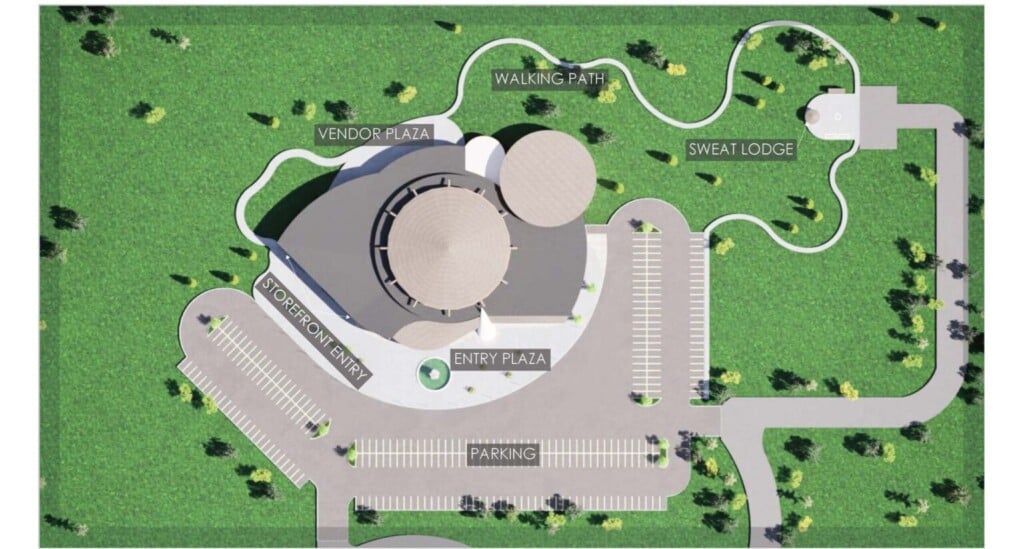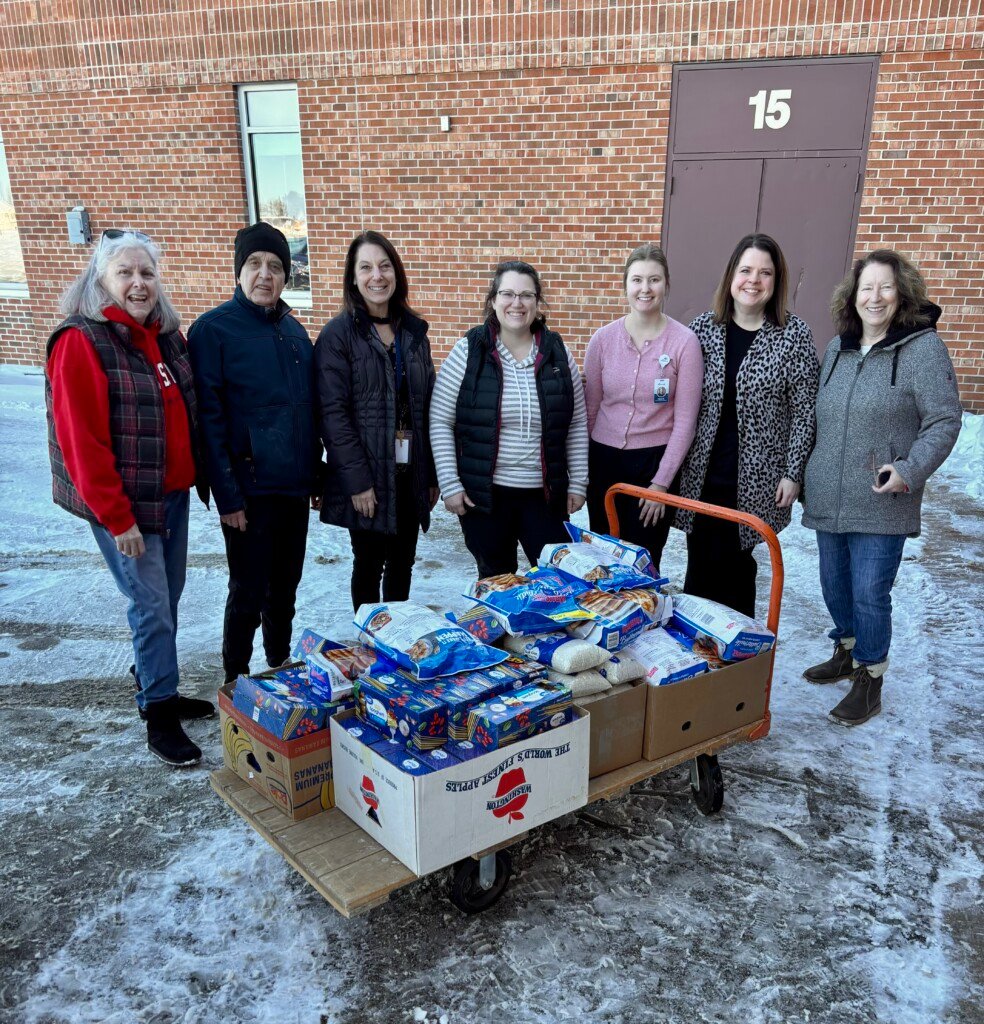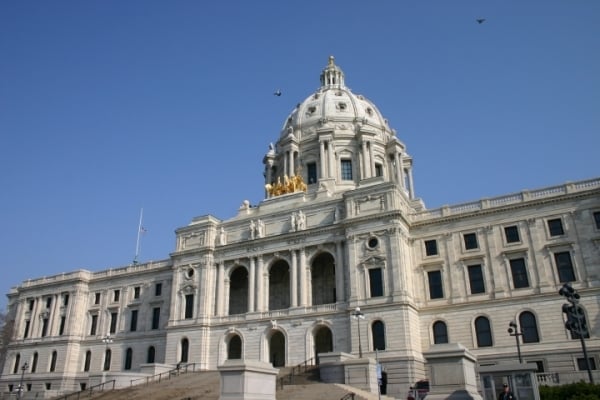North Dakota Native-led nonprofit eyes massive cultural center project in Bismarck

BISMARCK, N.D. (North Dakota Monitor) — At 25, Lorraine Davis’ battle with substance abuse landed her in prison, but she wasn’t a felon.
She was a grieving daughter who turned to substances to mourn the death of her mother, and neither her community nor the state had the resources to support her. When the local treatment center didn’t have room, a judge sent her behind bars.
Davis said her story is all too common for Indigenous North Dakotans, and is what’s motivating her to establish a first-of-its-kind cultural center in Bismarck — a centrally-located place where families, tourists, and everyone in between can build community while learning more about traditional Indigenous healing.

Lorraine Davis , leader of two nonprofits, the Native American Development Center and Native Inc., speaks Oct. 22, 2025, during a panel discussion at Grand Farm near Casselton, North Dakota. (Photo by Jeff Beach/North Dakota Monitor)
“I want to bring back our way of life and healing to Indigenous populations,” she said.
Davis leads the two organizations behind the effort: the Native American Development Center and Native Inc.
“It’s all a part of our healing; it’s prevention for the young people, it’s recovery, and even intervention through traditional healing approaches, even if it’s just by attending arts and crafts programs, or language programs, or ceremonies,” she said.
Early planning documents include a wide variety of amenities to be housed at the facility: a gym, an auditorium, a sweat lodge, healing center, cafeteria, community kitchen, library, computer lab, several business storefronts, classrooms and art galleries.
The cultural center, estimated to cost between $27 million and $35 million, would sit on 11 acres, with three acres dedicated to affordable housing. Housing construction is not included in the cost, according to Davis. The exact location has not been disclosed because the nonprofits are in the process of buying the land.
The development center will focus on the business and commerce-related spaces and Native Inc. will develop areas tied to social services, cultural programming and events.
The facilities will be open for public use, but Davis said the point of the project is to reconnect Indigenous people to their traditions.
She listed a swath of services to be offered at the center, from after-school child care to workforce development.
“The jobs the state struggles to fill, we need to get Native Americans into those jobs. This is one way to do that,” Davis said.
Organizers are working with agencies like the Greater North Dakota Chamber and Native Tourism Alliance to ensure no efforts are being duplicated, Davis said.
To fund the project, she is turning to tribes from across the country as well as banks, oil companies, various foundations, the state Legislature and even the federal government.
She said “it’s going to take everything,” adding that in the state with a significant number of residents quietly carrying wealth, “there’s not enough philanthropy.”
Chair of the State and Tribal Relations Committee Rep. Dawson Holle, R-Mandan, vowed to help Davis find some sort of state support for the projects. Davis is a constituent of Holle’s.
He said he was “blown away” when Davis first showed him the facility’s design.
“It’s an awesome thing,” Holle said. “Many people don’t really know about Native culture or Native communities; so, it could definitely be an educational tool. It would benefit not only the tribal communities, but also area residents.”
The project will be a “worthy discussion” during the next legislative session, Holle said, especially considering the positive track record Davis and her organizations have in North Dakota. His fellow committee members were on board with the proposal, he added.
The five tribes that share geography with North Dakota are behind the project as well, according to Davis.
Holle said he supports the state aiding in the cost somehow — whether it be through a direct grant, matching state funds with money fundraised or with a line of credit from the state-owned Bank of North Dakota, which, for instance, is what the state used to help pay for the Theodore Roosevelt Presidential Library.
Davis has already secured facility designs for free from EAPC, an architecture and engineering firm with offices in Bismarck. The goal is to have the project completed in the next five years, she said.
Though it’s in its early stages, Holle and Davis said they are hopeful the project will continue its momentum and find the funding necessary to move forward.
“It will be a space where Native Americans are helping Native Americans — and or everybody else,” Davis said. “It’s just a different way of what we’re used to seeing, which is the standard approach of faith-based organizations or charities. It’s connected directly to the tribes.”






